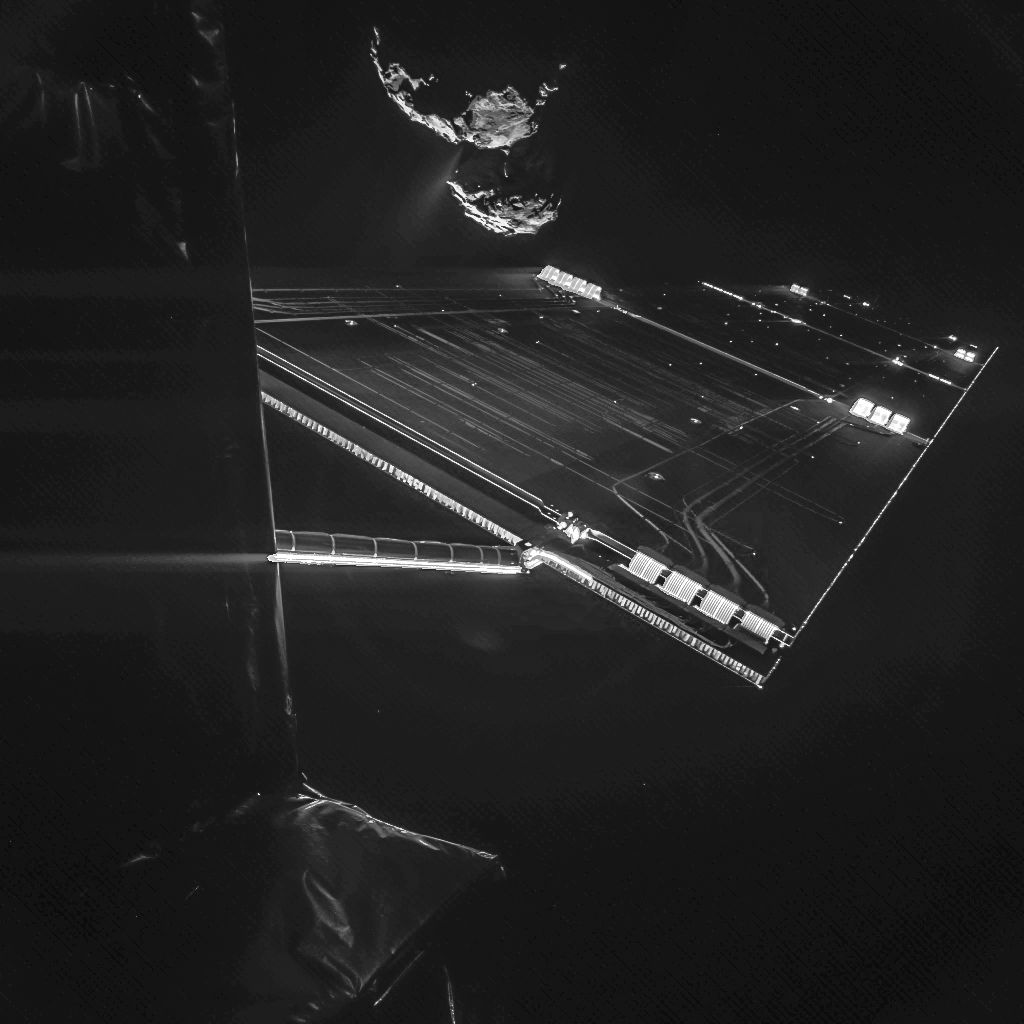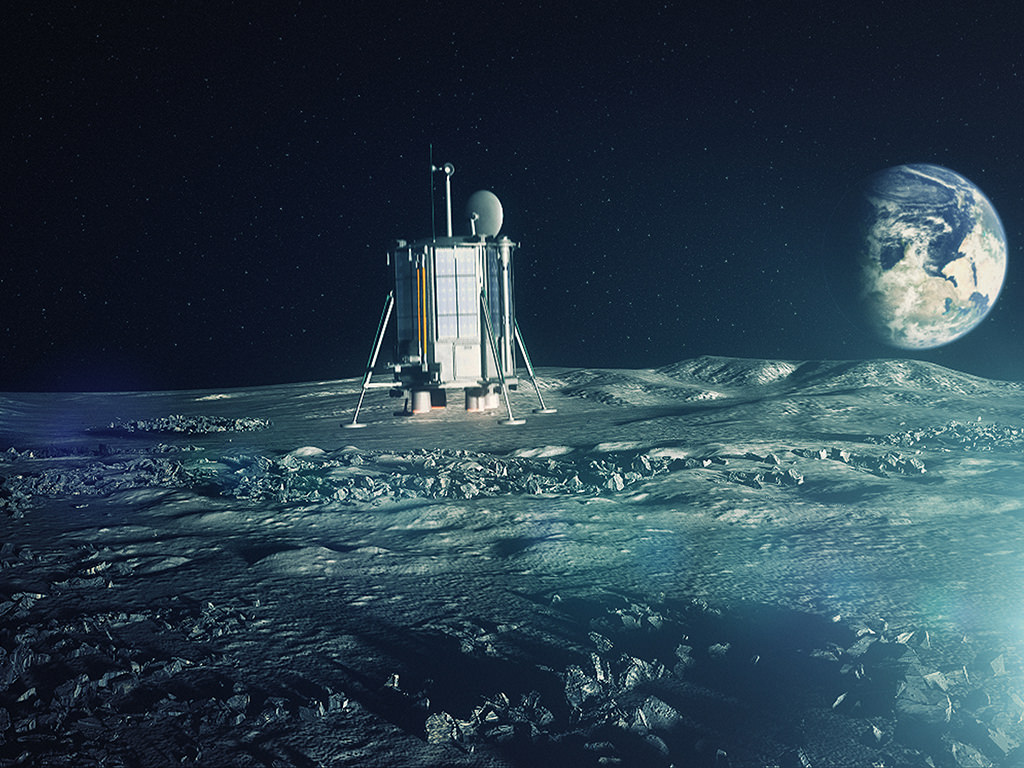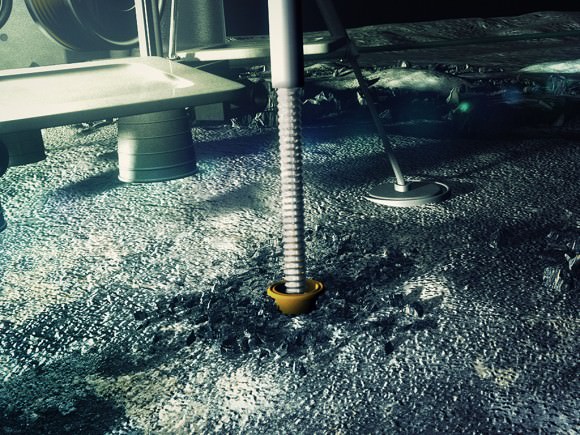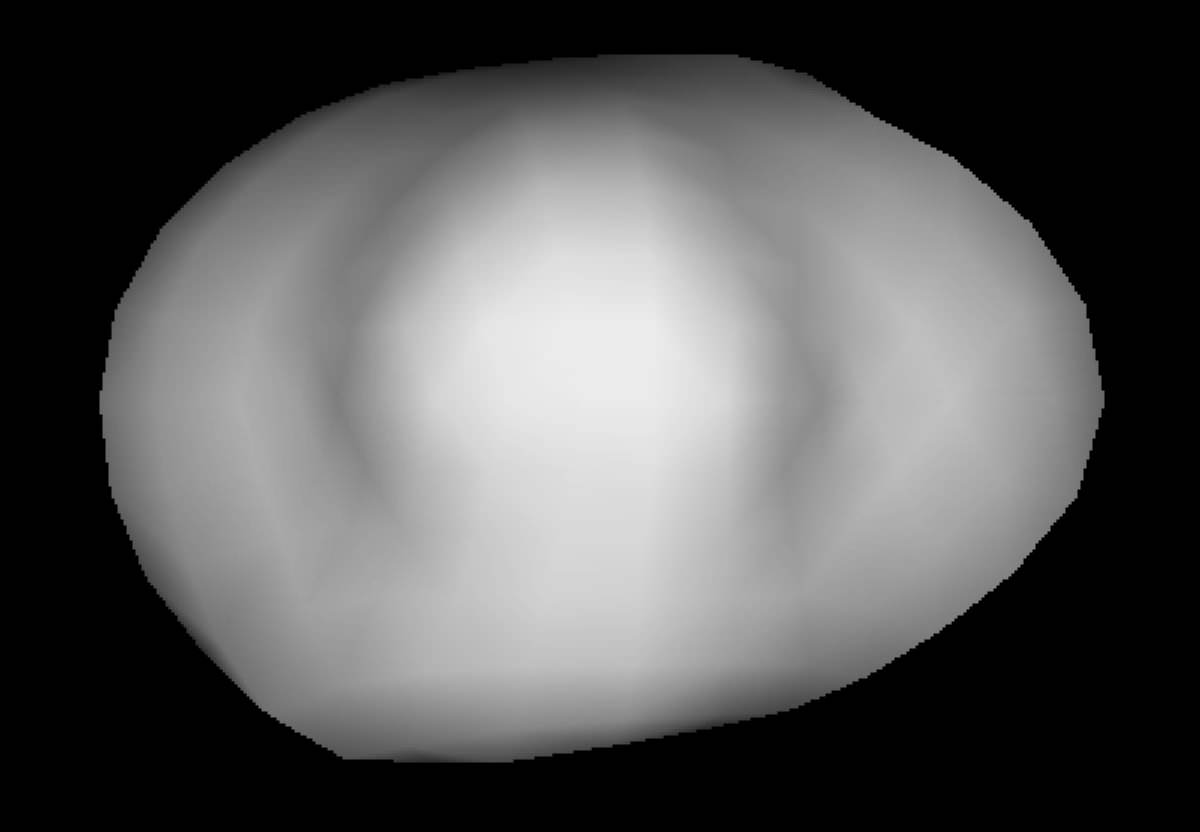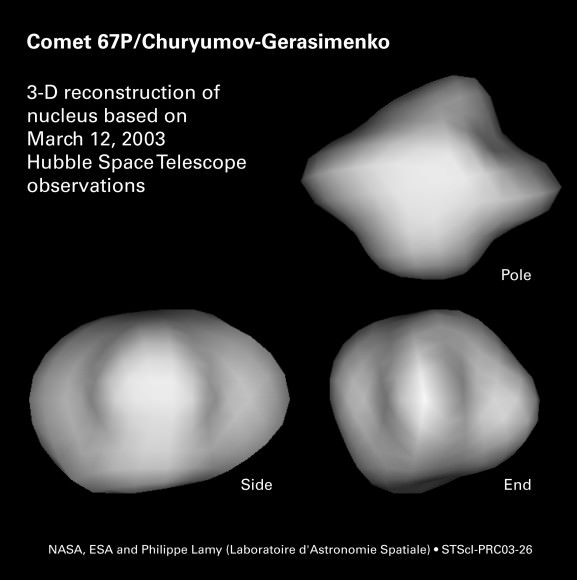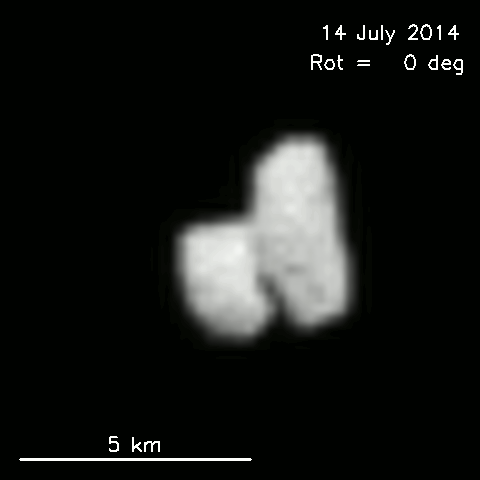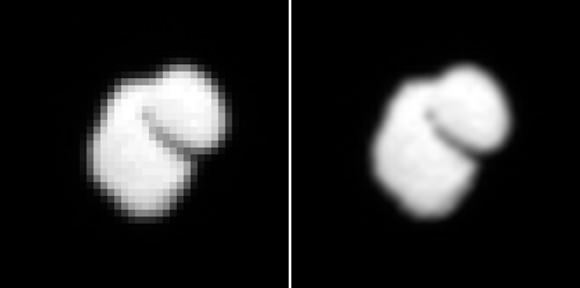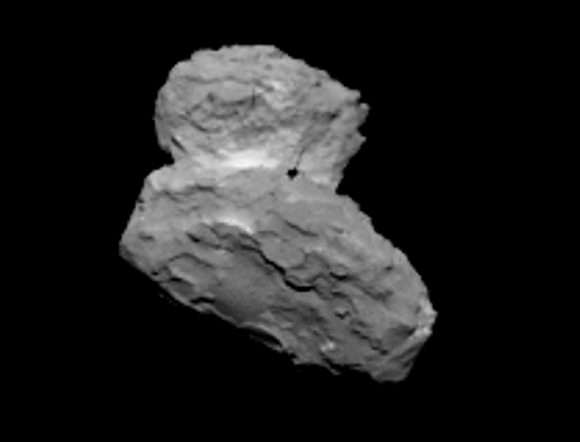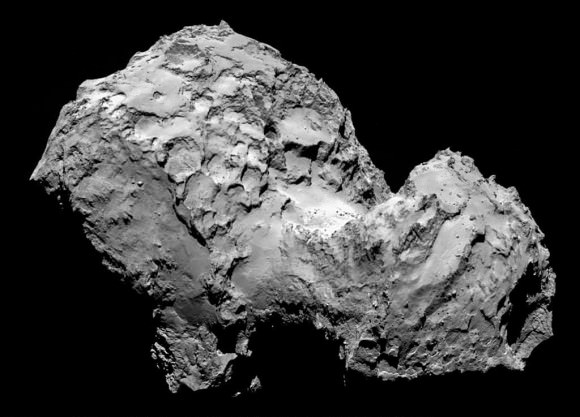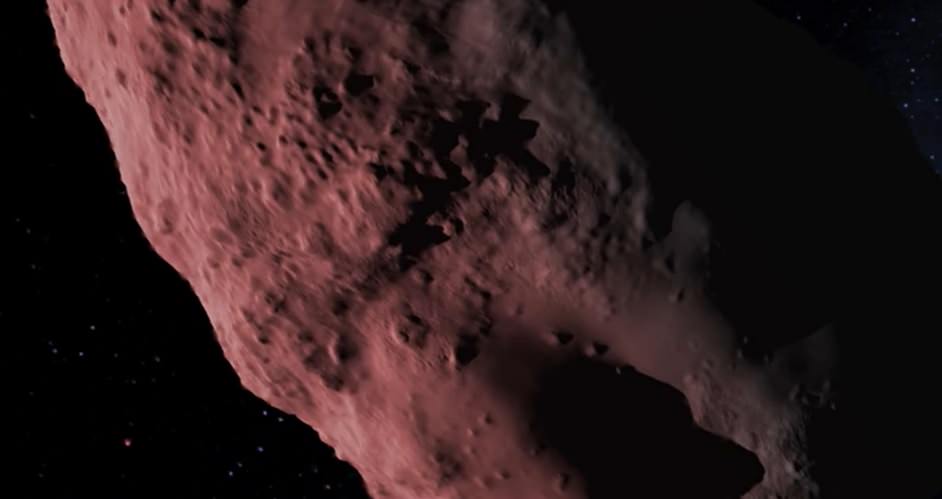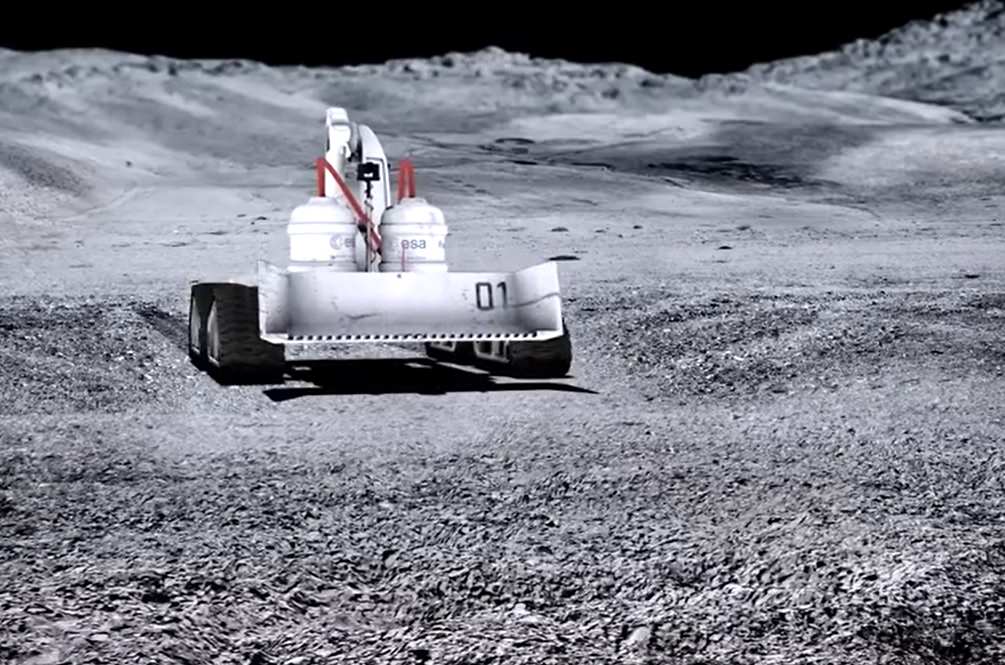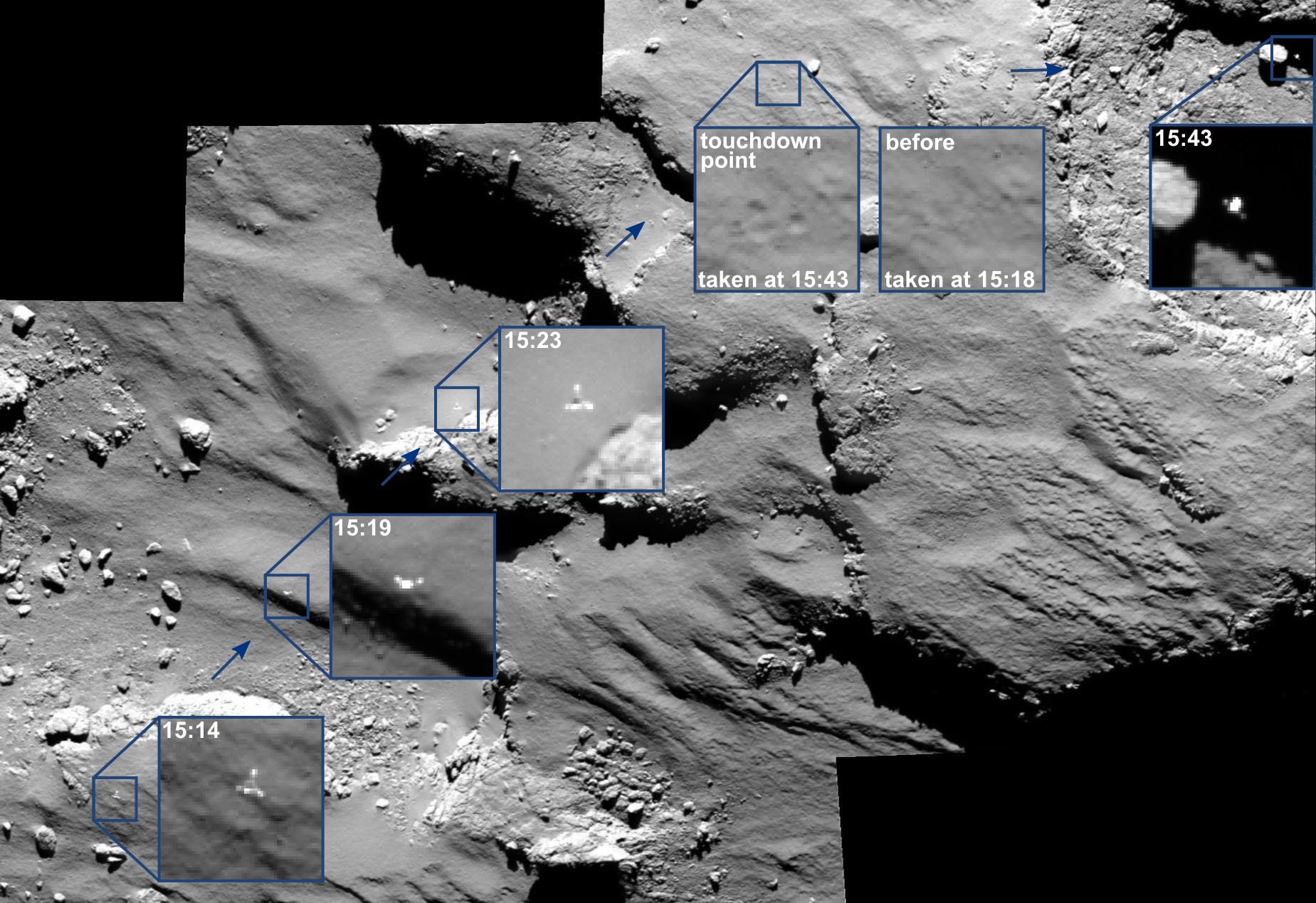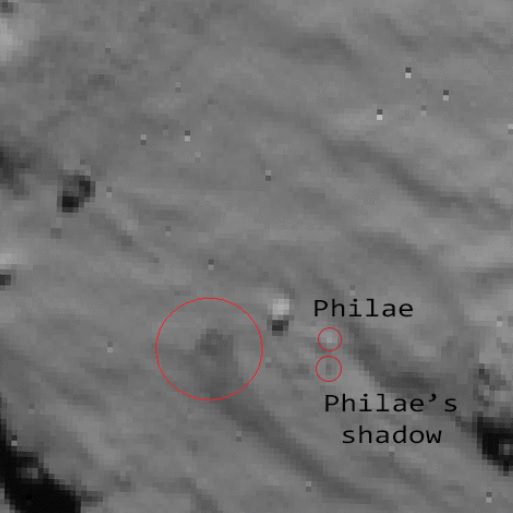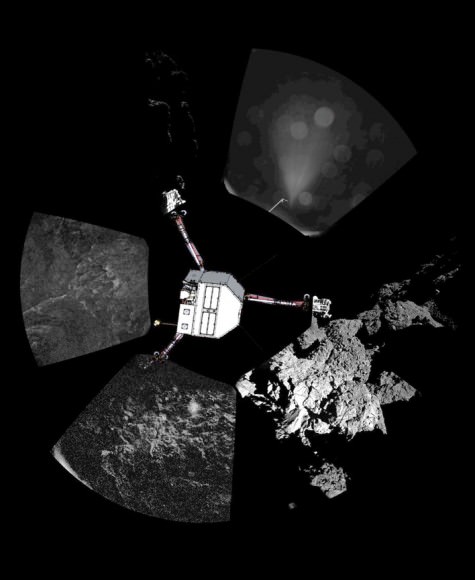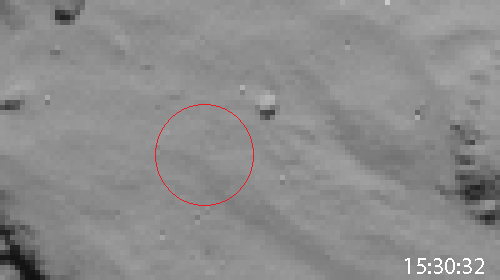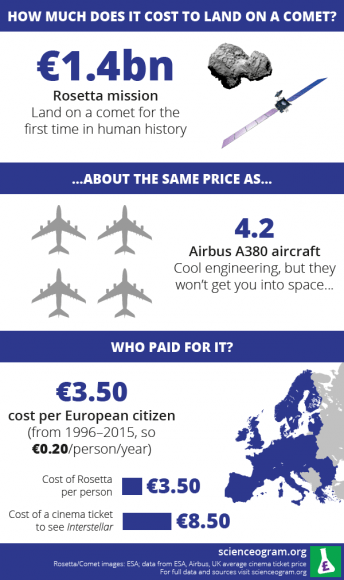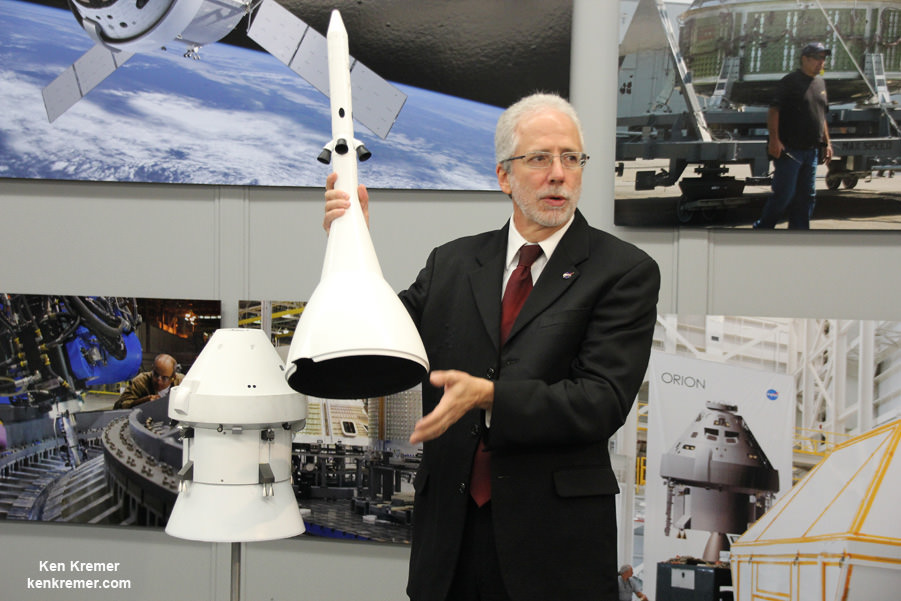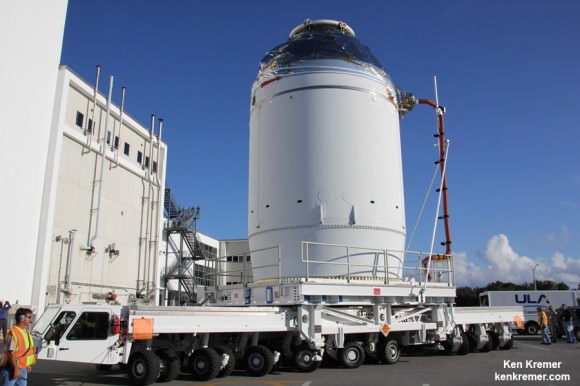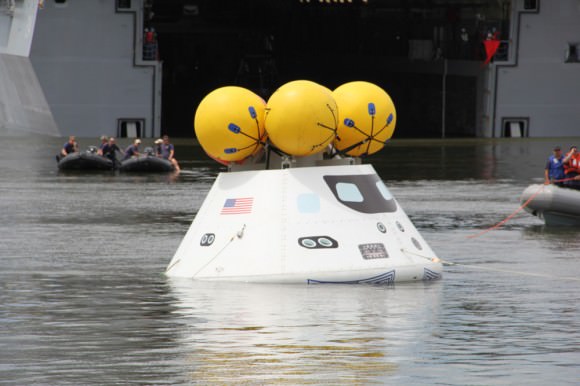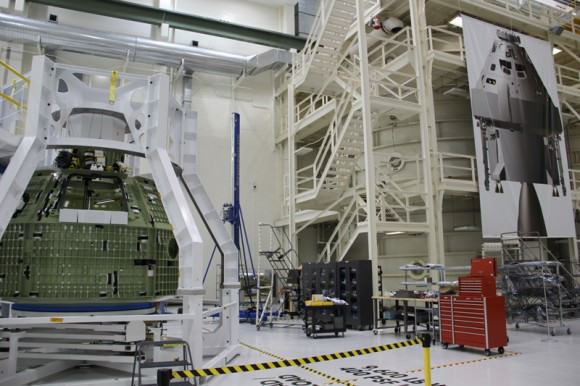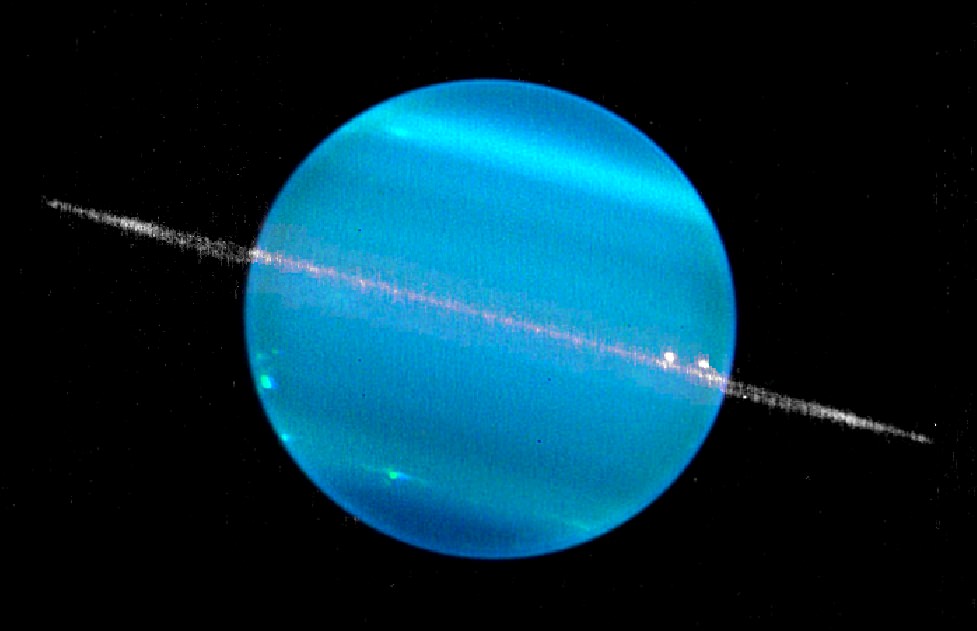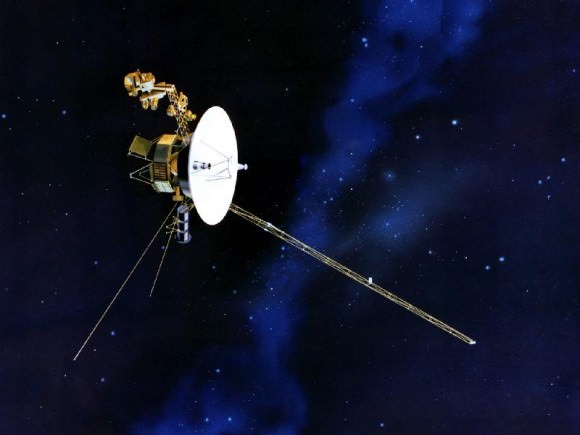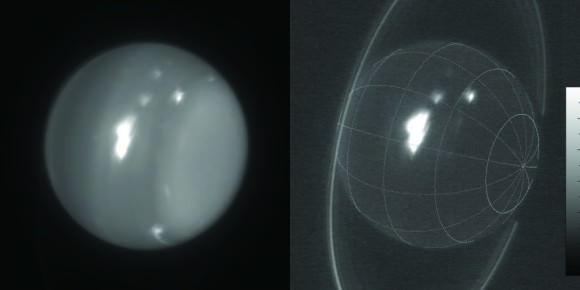With the Philae mission down on the comet and preliminary science results coming from its brief science surge on the surface, little has been said about the delivery vehicle. But while Philae is in hibernation, the Rosetta spacecraft remains quietly in orbit around Comet 67P/Churyumov–Gerasimenko for what will prove to be a dramatic 2015.
Should the orbiter remain healthy, it will be the first to be a “comet escort” — to watch a comet changing from up close as the celestial body draws closer to the Sun. And to stay out of the debris field, Rosetta will have some fancy footwork to perform in the next few months, says the European Space Agency (ESA).
“Burns” with the comet are planned on Saturday (Nov. 22) and Wednesday (Nov. 26) to bring it up about 30 kilometers (19 miles) above, and then it will scoot down closer to about 20 kilometers (12.5 miles) on Dec. 3. Rosetta will remain in this orbit for a while to look at the comet’s nucleus, as well as to measure plasma, dust and gas that is expected to increase as the comet gets closer to the Sun.
Rosetta will stay as close to 67P as possible, but if activity heats up to an unacceptable risk, it will jump to a “high-activity” trajectory that will keep it away from the worst of the debris. And it’s also going to keep an ear out for Philae, just in case more sunlight on the comet ends up recharging the hibernating lander’s battery. “Early next year, Rosetta will be switched into a mode that allows it to listen periodically for beacon signals from the surface.,” ESA wrote.
There has been some discussion about the magnitude of Philae’s success given that it did land on the comet as planned, but the harpoons (which had travelled a decade in space at that point) did not fire on to the surface as planned. This meant that the lander drifted for about two hours before settling far from its prime landing spot, mostly outside of the sunlight it needs to recharge its batteries.
But in a science marathon, researchers got as much as they could out of the instruments and have already released preliminary results, such as how the sound of Philae’s landing revealed the comet’s interior structure, and the discovery of organic materials on the surface.
Source: European Space Agency

